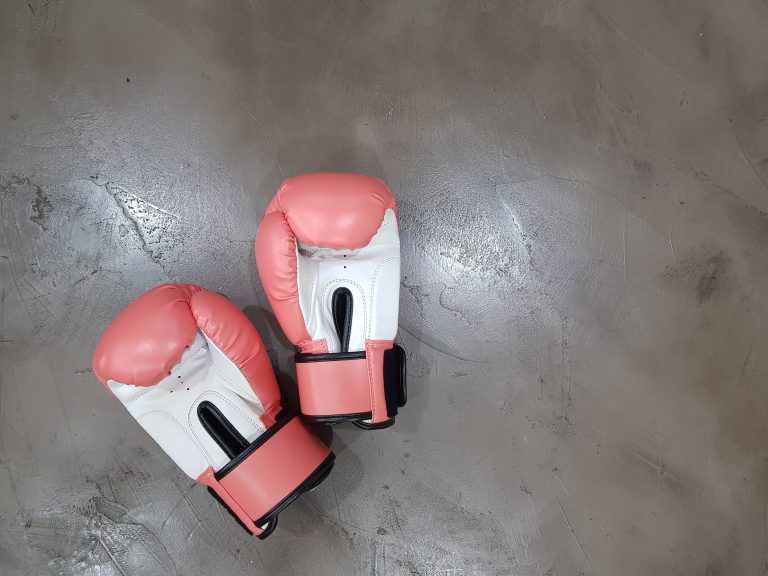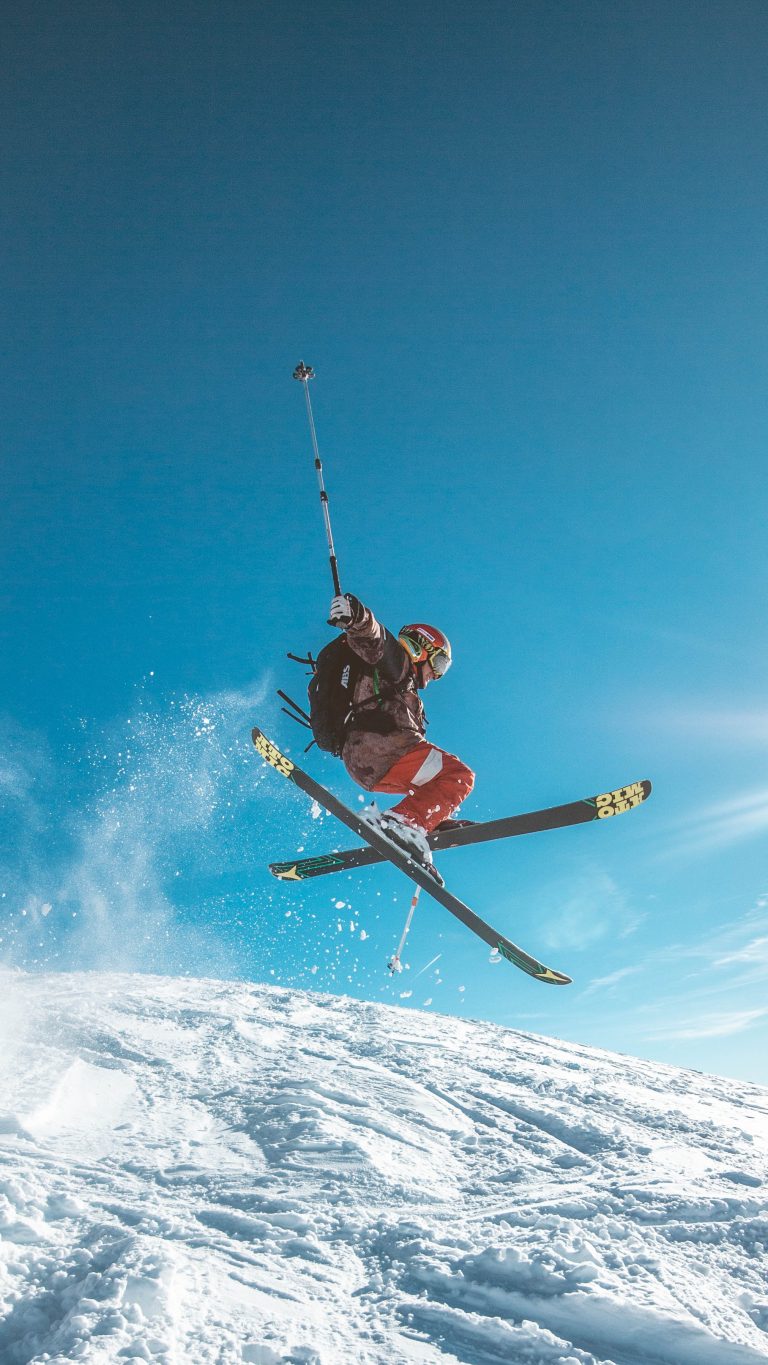Karate-Kumite Wettkampfregeln
Karate ist eine Kampfkunst-Sportart, die aus vielen verschiedenen Techniken besteht und aus verschiedenen Kämpfen besteht. Kumite ist eine der drei Hauptdisziplinen in Karate und auch einer der aufregendsten Wettkämpfe. Da Kumite jedoch ein Kampfsport ist, gibt es einige Regeln, die eingehalten werden müssen, um die Sicherheit aller Teilnehmer zu gewährleisten. In diesem Artikel werden wir einige wichtige Karate Kumite Wettkampfregeln besprechen.
Wie funktioniert ein Karate-Kumite Wettkampf?
Bei einem Karate-Kumite Wettkampf kämpfen zwei Athleten gegeneinander für je zwei Minuten. Jeder Athlet hat dabei das Ziel, Punkte zu erzielen, indem er seinen Gegner mit korrekten Techniken trifft. Es gibt drei Arten von Treffern, die Punkte erzielen können: Jodan (Kopfhöhe), Chudan (Rumpfhöhe) und Gedan (Tiefstand). Ein korrekter Treffer wird von drei Kampfrichtern bestätigt, die jeweils eine Flagge für den Schlaggewinner heben müssen. Wenn eine Flagge gehoben wird, erhält der Athlet einen Punkt für diesen Treffer.
Wichtige Regeln für Karate Kumite Wettkämpfe
Es gibt eine Vielzahl von Regeln für Karate Kumite Wettkämpfe, die die Sicherheit und den fairen Wettbewerb sicherstellen sollen. Hier sind einige wichtige Regeln:
- Sicherheitsausrüstung: Jeder Wettkämpfer muss einen Mundschutz, Kopfschutz, Faustschutz, Tiefschutz und Fuß- und Schienbeinschutz tragen.
- Disqualifikation: Ein Athlet kann sofort disqualifiziert werden, wenn er absichtlich versucht, seinen Gegner zu verletzen.
- Korrekte Techniken: Nur korrekte Techniken, die auf den vorgesehenen Zielen durchgeführt werden, werden als Punkte gewertet. Unfaire Treffer, zum Beispiel in die Wirbelsäule, Kehle oder Gelenke, führen zu einer Strafe oder Disqualifikation.
- Keine Berührungen des gegnerischen Kopfes: Ein Treffer gegen den Kopf gilt nur als Punkt, wenn er Luftdistanz hat. Ein Treffer durch Berührung des Kopfes oder sogar durch Kopfstoß ist nicht erlaubt.
- Keine Kampfhandlungen: Alle Handlungen, die für einen Kampf unnötig und gefährlich sind, werden als Foul aufgefasst.
- Kein Kontakt zum Gegner, wenn er am Boden ist: Wenn ein Gegner am Boden liegt, darf er nicht getroffen werden, auch wenn er gegen den Gegner getreten hat oder gerade zu Boden gefallen ist.
Insgesamt sind Karate-Kumite Wettkämpfe intensive und aufregende Kämpfe zwischen Athleten, die versuchen, die Regeln zu befolgen und den Kampf fair und sicher zu halten. Mit der richtigen Ausbildung und der Einhaltung der Regeln können Karate-Kämpfer das Beste aus sich herausholen und ihre Techniken und Fähigkeiten für ein erfolgreiches Kumite-Turnier einsetzen.
Frequently Asked Questions About Karate-Kumite Wettkampfregeln
Karate is a popular martial art that is practiced by millions of people worldwide. While it is primarily a form of self-defense and a means of staying physically fit and mentally sharp, karate is also a highly competitive sport. In order to compete effectively in karate tournaments, it is essential to have a thorough understanding of the rules and regulations that govern these contests. These rules, collectively known as „Karate-Kumite Wettkampfregeln,“ can be confusing to those who are new to the sport. In this post, we’ll answer some of the most common questions about these rules to help beginners get off to a good start.
Q: What is Karate-Kumite Wettkampfregeln?
Karate-Kumite Wettkampfregeln are a set of rules and regulations that govern karate competitions. These rules are designed to promote fair play, maintain the safety of competitors, and encourage skill development. They cover a range of topics, including scoring, penalties, equipment, and conduct. Adherence to these rules is essential for anyone who wishes to compete in karate tournaments.
Q: What are the different types of Karate-Kumite Wettkampfregeln competitions?
There are several types of karate competitions that are governed by Karate-Kumite Wettkampfregeln. These include:
Individual Kumite
Individual Kumite is a one-on-one contest between two karate practitioners. The aim is to score points by executing strikes, kicks, and punches on the opponent’s body.
Team Kumite
Team Kumite involves two teams of athletes competing against each other. Teams usually consist of three members, and the winner is determined based on the total number of points scored by each team.
Kata
Kata is a solo performance that involves executing a series of predefined moves in a specific sequence. The aim is to demonstrate speed, strength, and accuracy in executing the moves.
Q: How are points scored in Karate-Kumite Wettkampfregeln competitions?
Points are scored in several ways in Karate-Kumite Wettkampfregeln competitions. Some of the most common scoring methods include:
Ippon
An Ippon is awarded for a clean, powerful strike or kick that lands on the opponent’s head, neck, or torso. This is the highest value score and usually results in an immediate win.
Waza-ari
A Waza-ari is awarded for a less powerful strike or kick that lands on the opponent’s head, neck, or torso, or for a clean strike or kick that lands on the opponent’s arm or leg.
Yuko
A Yuko is awarded for a strike or kick that lands on the opponent’s body, but is deemed to be less significant than a Waza-ari.
Q: What penalties are enforced in Karate-Kumite Wettkampfregeln competitions?
Penalties can be enforced for a variety of reasons in Karate-Kumite Wettkampfregeln competitions. Some of the most common reasons for penalties include:
Excessive Contact
Athletes are not allowed to make contact with their opponent’s head, neck, or spine. Excessive contact can result in disqualification.
Non-Contact Techniques
Certain techniques, such as strikes to the throat or eyes, are strictly prohibited.
Unsportsmanlike Conduct
Unsportsmanlike conduct, such as arguing with the referee or intentionally delaying the match, can result in penalties or disqualification.
Q: What equipment is required for Karate-Kumite Wettkampfregeln competitions?
Athletes are required to wear specific equipment during Karate-Kumite Wettkampfregeln competitions. This equipment usually includes:
Karate Uniform (Gi)
A traditional karate uniform is worn by competitors. This usually consists of a white jacket, pants, and belt.
Hand and Foot Protection
Athletes are required to wear hand and foot protection to minimize the risk of injury.
Groin Guard
A groin guard is worn by male athletes to prevent injury to the groin area.
Q: What are some tips for beginners who want to compete in Karate-Kumite Wettkampfregeln competitions?
If you’re new to karate and want to compete in Karate-Kumite Wettkampfregeln competitions, here are a few tips to help you get started:
Find a Good Coach
Working with a good coach can help you develop the skills and techniques you need to be successful in karate tournaments.
Practice Regularly
Consistent practice is essential if you want to improve your skills and refine your technique.
Stay Focused
During competitions, it’s essential to stay focused and keep your eyes on your opponent at all times.
Know the Rules
Before you compete, make sure you have a thorough understanding of the Karate-Kumite Wettkampfregeln rules and regulations.
Stay Safe
Always wear the required safety equipment and never attempt techniques that are beyond your skill level.
In conclusion, Karate-Kumite Wettkampfregeln are an essential component of karate competitions. Understanding these rules and regulations is essential for athletes who wish to compete and perform well in competitive tournaments. By following the tips above, beginners can get a great start in the sport of karate and pave the way for a successful future in competition.
Inhaltsverzeichnis






